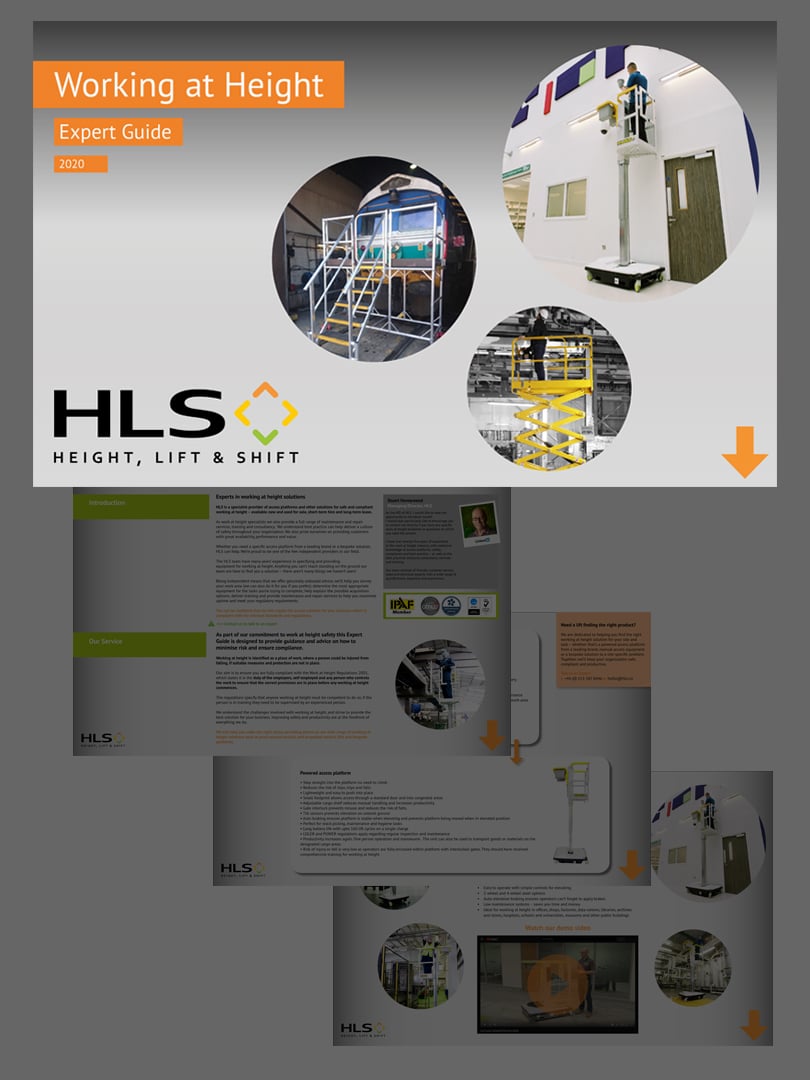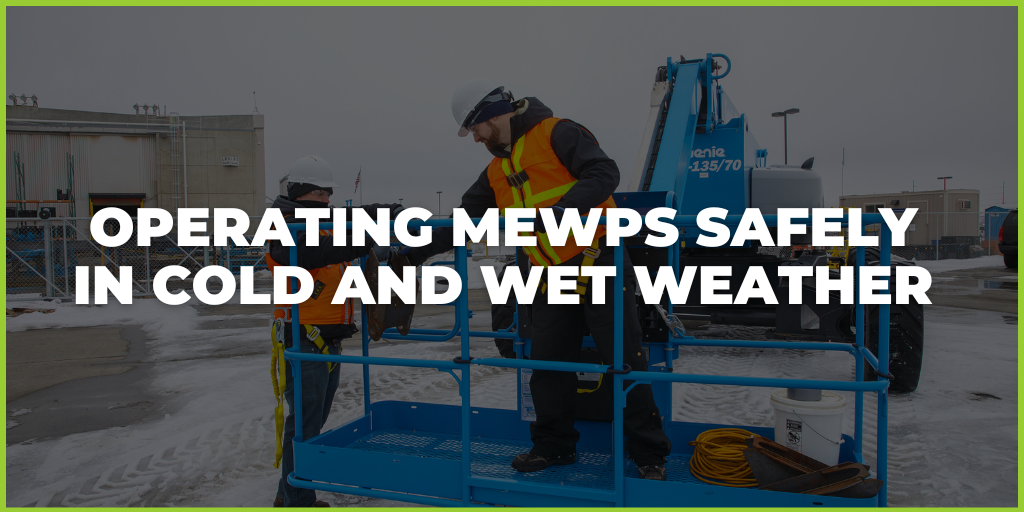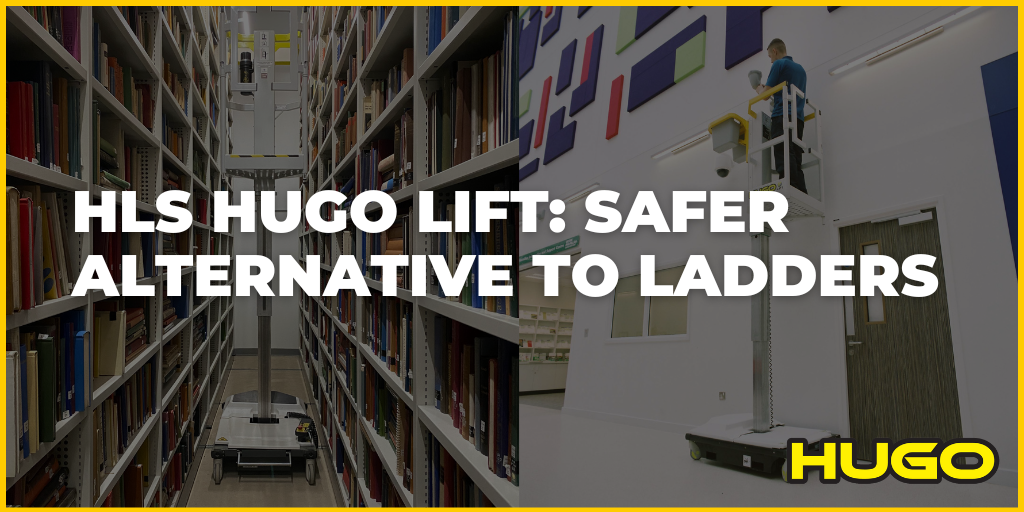In our last blog, we looked at how maintaining equipment by fixing repairs ASAP can prolong the life and efficiency of the equipment and reduce downtime in productivity of employees and production time. As well as taking care of your equipment, prioritising the safety and well-being of employees is equally as important, as these go hand-in-hand together. If a worker is correctly trained with the knowledge of how to operate equipment they can be competent in carrying out their own inspections, finding alternative solutions to carrying out any work at height task and reporting any faults to management.
Why is training important
By law under the Work at Height Regulations 2005, all managers should provide training to their employees that meet specific requirements depending on the equipment being used and increase their awareness and knowledge in health and safety when working at height. By improving the safety culture in the working environment there will be less impact on employees' well-being, if they feel that they can keep themselves and others safe, and not have to rely on being supervised by a competent worker that could be otherwise needed to carry out work elsewhere, turning a two-man job into a one-man job.
1. Reduces the risk of accidents:
Without the essential training in place, there is a higher risk of accidents occurring, such as falls from steps and ladders or falls from platforms, due to overstretching or not having the correct operator equipment, such as a full-body harness. Failure to have these measures in place can mount up to fines. As falls from height continue to remain one of the most common causes of non-fatal and fatal injuries. RIDDOR statistics showed that 123 workers were killed in work-related accidents in 2021/22. With 29 fatal injuries due to falls from a height and 565,00 Workers sustained a non-fatal injury in all tasks across all industries according to self-reports from the Labour Force Survey in 2021/22
2. Boosting business profitability
Investing in training current employees, where there are gaps in knowledge can be more cost-effective than training new staff without the basic skills needed. Further developing skill sets that are already established, will be less time-consuming and provide more value to the company. Statistics from fsb reported that 82% of businesses had difficulties in recruiting staff with the relevant qualifications, skills, and experience.
3. Improves employee morale
When employers recognise training needs for their employees, this will boost motivation and work satisfaction, and workers can improve their performance by developing their knowledge. Increasing productivity and increasing the rate of employee retention by 30-50%.
4. Reduce absences and sick leave
Regardless of whether the equipment is low risk or simple to use, both employers and managers are responsible for being competent in health and safety when working at height. If you are not sure what training your team needs, HLS can assist you in finding a course that best suits your needs with our wide range of training courses. We offer International Powered Access Federation (IPAF) approved training for powered access equipment. With categories covering, MEWP Operator training for static booms, push-around vertical, mobile boom and mobile vertical MEWPs. There is also a harness use and training course and MEWPs for Managers theory course. Once completed you will qualify for a Powered Access Licence (PAL Card).
Our ‘In house’ HLS training, includes a Ladder association accredited steps and ladders user and inspector course, bespoke training to tailor your specific needs, a manual handling course and forklift truck training. Takes place in the familiarity of your location on site and equipment
If you would like to discuss training and don’t know what would be most beneficial for your team. Please get in touch by calling 0113 524 1018




